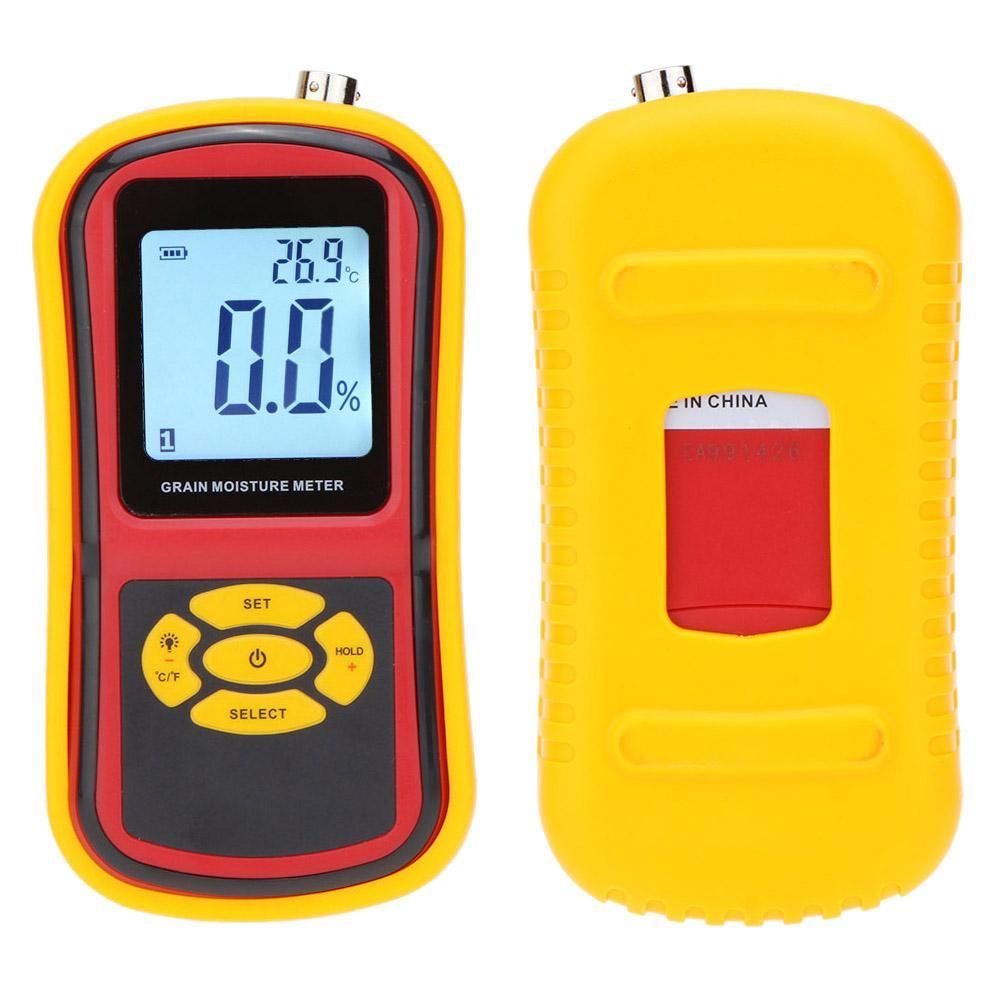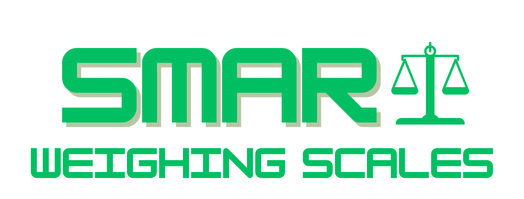Smart Weighing Scales Kampala
Resistance Moisture Meters In Uganda
Resistance Moisture Meters In Uganda
Couldn't load pickup availability
What Is a Resistance Moisture Meter & How It Works
A resistance moisture meter (sometimes called “pin-type” or “electrode resistance” moisture meter) measures the electrical resistance between two pins (electrodes) inserted into the material being tested. The more moisture the material has, the lower the resistance (because water helps conduct electricity). The meter converts that resistance reading into a moisture-percent value (usually shown on a display).
Key points:
-
There are two metal or conductive pins (or more) that penetrate into the material (wood, grain, etc.).
-
The device applies a small electrical current between the pins. Resistance is measured.
-
Because moisture conducts electricity, higher moisture means less resistance.
-
Many resistance moisture meters have material settings (wood types) because different materials conduct differently even at same moisture.
-
They often include automatic temperature compensation, since resistance changes with temperature.
This method is popular because it’s relatively simple, generally accurate for internal moisture (especially in wood or dense material), and cheaper than some non-contact or capacitance/probe-sample based meters.


